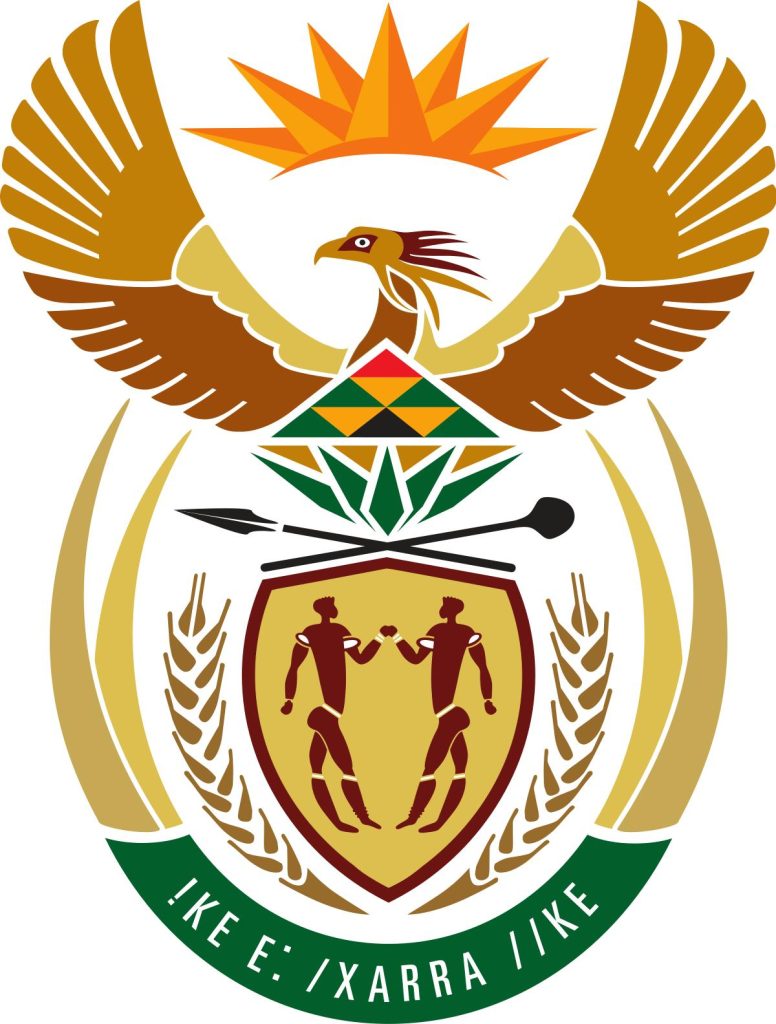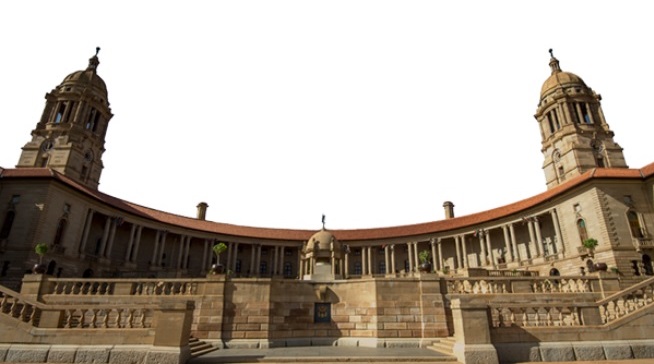
Dear Fellow South African,
On Tuesday 24 September, our country observes Heritage Day. On this day, we celebrate the rich cultural tapestry that makes up our nation.
Having emerged from a painful apartheid past where indigenous customs, traditions and languages were denigrated and marginalised, Heritage Day is one of the most important events on our national calendar.
It is a valuable opportunity for cross-cultural exchange and for building bridges of tolerance and understanding between races and different ethnic groups.
I have always found it heartwarming to see how South Africans from all walks of life celebrate Heritage Day in their communities, schools, workplaces, places of worship and institutions of higher learning.
It has become a regular facet of Heritage Day to see South Africans share their traditions, cuisine, dress, music and other forms of cultural expression with their compatriots.
Beyond the benefits for cultural self-expression, pride and nation-building, heritage preservation is an important driver of economic growth, job creation and sustainable development. Heritage preservation it therefore recognised in the United Nations 2030 Agenda for Sustainable Development.
The UN Sustainable Development Goal on making cities and human settlements inclusive, safe, resilient and sustainable includes a target for ‘strengthening efforts to protect and safeguard the world’s cultural and natural heritage’.
As a country we are perfectly placed to use our rich cultural and natural heritage to promote economic growth.
South Africa is home to no less than eight world heritage sites proclaimed by the UN Educational, Scientific and Cultural Organisation (UNESCO). These include Robben Island, the Mapungubwe Heritage Site and the Cradle of Humankind and a number of important ecosystems like the Cape Floral Kingdom and the iSimangaliso Wetland Park in KwaZulu-Natal.
As one of the world’s most mega biodiverse countries, South Africa’s natural heritage attracts tourists from around the world, supporting local job creation and investment in natural resource infrastructure. By way of example, in December 2023 alone, there were more than 400,000 visitors to sites like the Table Mountain National Park and Robben Island.
Coupled with this is an abundance of historical sites across the country that span the pre-colonial, colonial, apartheid and democratic eras.
One thinks here of the likes of the Isandlwana Battlefield Route, which incorporates the sites of historic battles in KwaZulu-Natal, including the battle of Isandlwana in 1879 where the Zulu Kingdom achieved a famous victory over the British. One thinks of the Anglo-Boer War Museum in the Free State, which recalls the war between the British and the Boer republics of 1899-1902. There are also the various National Liberation Heritage Routes in Mpumalanga, Eastern Cape and Limpopo, which incorporate historic sites that together chronicle our journey to freedom.
These sites aren’t just important for tourism. They are also sites of memory and monuments to the past that serve to educate the younger generation of South Africans.
To preserve our country’s rich heritage, we need to do more to attract young South Africans to careers and opportunities in the sector. Through the Presidential Employment Stimulus, the National Heritage Council and National Arts Council has provided unemployed young people with work opportunities in film and digital media production, cultural project management, storytelling, language preservation and as museum guides.
While heritage preservation is a responsibility of government, the private sector, corporate sponsors, philanthropies, heritage organisations and other stakeholders also have an important role to play in ensuring these legacies are safeguarded for future generations.
Private sector support for heritage preservation is uneven. While some high-profile heritage sites like Robben Island, the Mandela House in Soweto, Constitution Hill and others receive donor funding, other less prominent institutions, events and initiatives struggle to obtain support.
As a result many important sites of memory have fallen into disrepair. This is a wasted opportunity, because a number of these sites could stimulate local economies and provide work opportunities to the communities in which they are situated. Protecting and conserving historical, cultural and natural heritage sites is also vitally important for nation-building and national reconciliation.
On this Heritage Day, I call on business and other stakeholders to work with government in the cause of heritage preservation, particularly in marginalised communities.
There is already laudable work being done in this regard. We have seen for instance how some of the country’s largest banks have supported government’s rhino conservation efforts. South African corporates have also lent their support to preserving South Africa’s musical and arts heritage. Another fine example of support for heritage preservation is the Rieldans Festival in the Northern Cape held by the Afrikaanse Taal- en Kultuurvereniging (ATKV).
By working together as government, business and society, we can use our national heritage to uplift communities, create opportunities and make us all proud to be South African.
With best regards,
